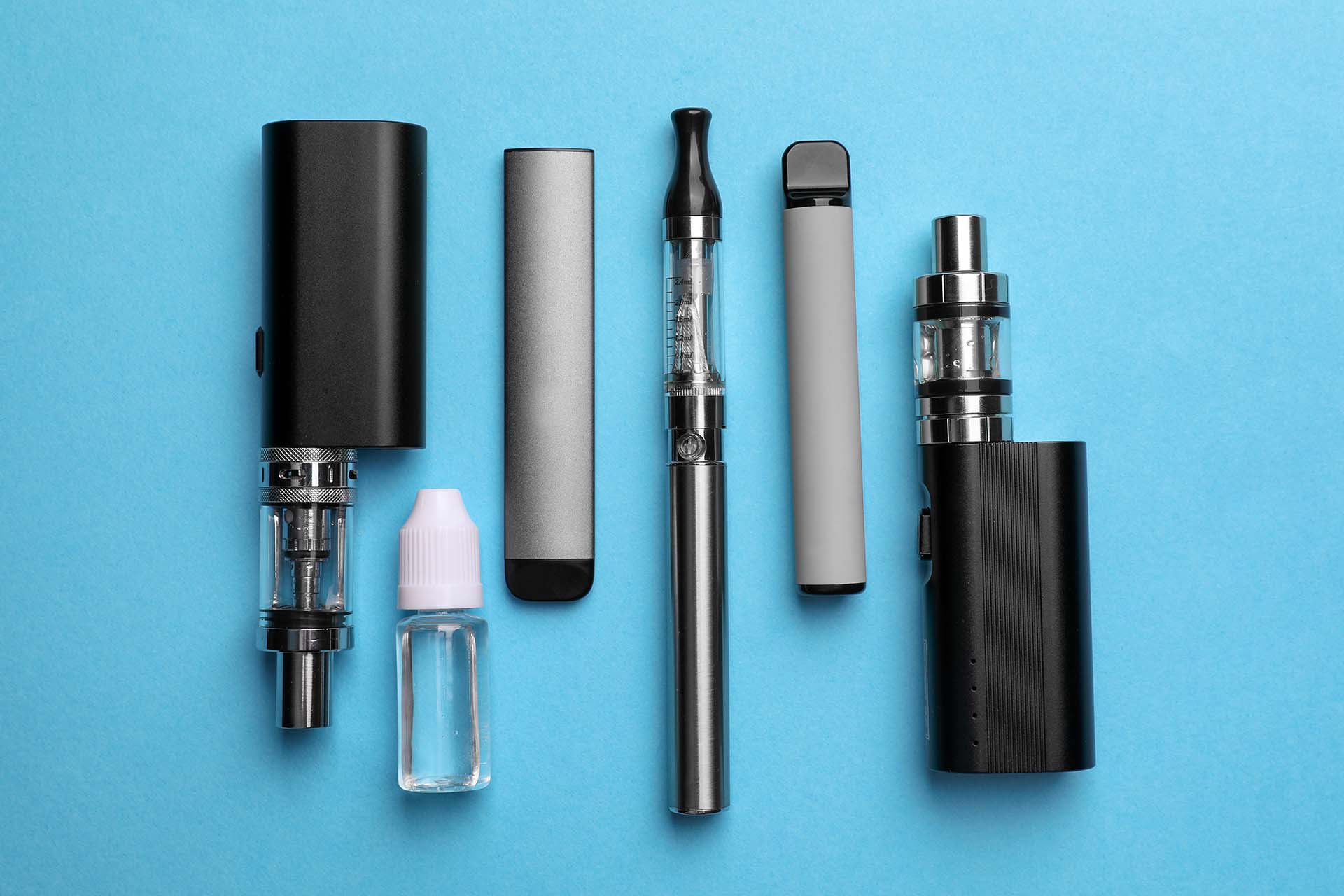The vaping industry, like many dynamic sectors, is characterised by its fast-paced and ever-evolving nature. This constant state of flux is driven by a variety of factors, from rapidly developing technology to changes in consumer behaviour, societal attitudes and, perhaps most significantly, regulatory landscapes.
As we begin 2024, the vaping industry is poised for another year of transformation, with several emerging trends set to reshape the way we understand and engage with vaping. This article provides an overview of four key trends that are anticipated to influence the vaping industry this year.
The big one – UK regulations changing (and likely more worldwide)
One of the most significant shifts we can anticipate this year is the change of regulations within the UK’s vaping industry, and indeed, similar patterns are emerging worldwide. The UK government is currently reassessing its stance on disposable vaping products, to potentially restrict their availability.
Such a move is part of a larger global trend of tightening regulations around vaping, which is driven by mounting concerns about public health and environmental sustainability. These changes could drastically alter not just what products are available to consumers, but also how they are packaged and marketed. While unconfirmed for now, there is the possibility for a simplification of product flavour descriptions, plain packaging enforcement and for vape products to be behind counters.
Brands operating within this industry will need to stay abreast of these changes, to ensure they remain compliant and competitive in this evolving marketplace.
Sustainability – moving from disposables to reusables
The year 2024 will likely witness an amplified push towards sustainability in the vaping industry, with an emphasis on recyclability and reusability. This trend is driven by the increasing awareness and concern around the environmental impact of disposable vape products. Such disposable products contribute to growing environmental waste, pushing the industry and regulators to seek environmentally friendly solutions.
As part of this initiative, it is expected that there will be a shift towards recyclable vapes and reusable products, such as pod devices. Manufacturers are increasingly investing in R&D to develop innovative products that minimise environmental impact, while still delivering a satisfying vaping experience. Recyclable vapes are designed with materials that can be effectively recycled, reducing waste and conserving resources.
The shift towards reusable products like pod devices will further enhance the sustainability drive within the industry. These devices, with their refillable or pre-filled cartridges, offer a more sustainable solution to vaping. Reusable pod devices not only reduce waste but also provide cost-effectiveness and a broader range of flavour options for the user, fostering a vaping culture that is both sustainable and user-friendly.
The end journey – push for quit-vaping alternatives
Another anticipated trend for 2024 is the growth in the popularity of quit-vaping alternatives, such as SNUS and nicotine pouches. As people seek to quit vaping, whether as part of their end goal or for other reasons, these products offer a smokeless, vapour-less alternative.
SNUS, a moist powder tobacco product originating from Sweden, and nicotine pouches, which are tobacco-free, provide a discreet and convenient way to consume nicotine without the need for vaping devices. They are easy to use and come in a variety of flavours and nicotine strengths, catering to the preference of the consumer.
The rise in these quit-vaping alternatives indicates a shift in the market towards products that assist consumers in their journey towards quitting nicotine, reflecting the broader societal focus on health and well-being.
Quit nicotine – zero nicotine vapes
In 2024, another growing trend within the vaping industry is the shift towards nicotine-free vapes. As health-conscious consumers seek alternatives to nicotine, manufacturers are responding by offering a range of nicotine-free options. These vapes utilise E-Liquids that contain the same base ingredients as traditional E-Liquids – propylene glycol (PG), vegetable glycerin (VG), and flavourings – but without any nicotine content.
Nicotine-free vapes offer several advantages. For those looking to quit nicotine altogether, these vapes provide a stepping-stone, allowing them to continue the physical act of vaping without nicotine dependence. They also allow the consumer to focus on the flavours of the vape, with many users reporting an enhanced flavour experience when nicotine is absent.
Conclusion
In conclusion, the vaping industry in 2024 will witness significant shifts and transformations, largely driven by regulatory changes, sustainability efforts, and the demand for quit-vaping and nicotine-free alternatives. Staying ahead of the curve in such a dynamic landscape will require foresight, adaptability, and a thorough understanding of market trends.
As a leading E-Liquid manufacturer in the UK, Xyfil is well-positioned to help your brand navigate the market and prepare for any changes. With our fingers firmly on the pulse of industry trends, we ensure that you are not only kept informed but also prepared to adapt and thrive amidst evolving circumstances. Be it compliance with new regulations, the development of sustainable vape solutions, or the production of nicotine-free E-Liquids, Xyfil stands ready to work with you.
We’re committed to supporting the growth and success of your brand in the face of changing vaping trends, bolstering your position in the market and ensuring your offerings remain relevant and in demand. With Xyfil as your partner, you can confidently face the future of the vaping industry, no matter what 2024 has in store. Contact us today.

